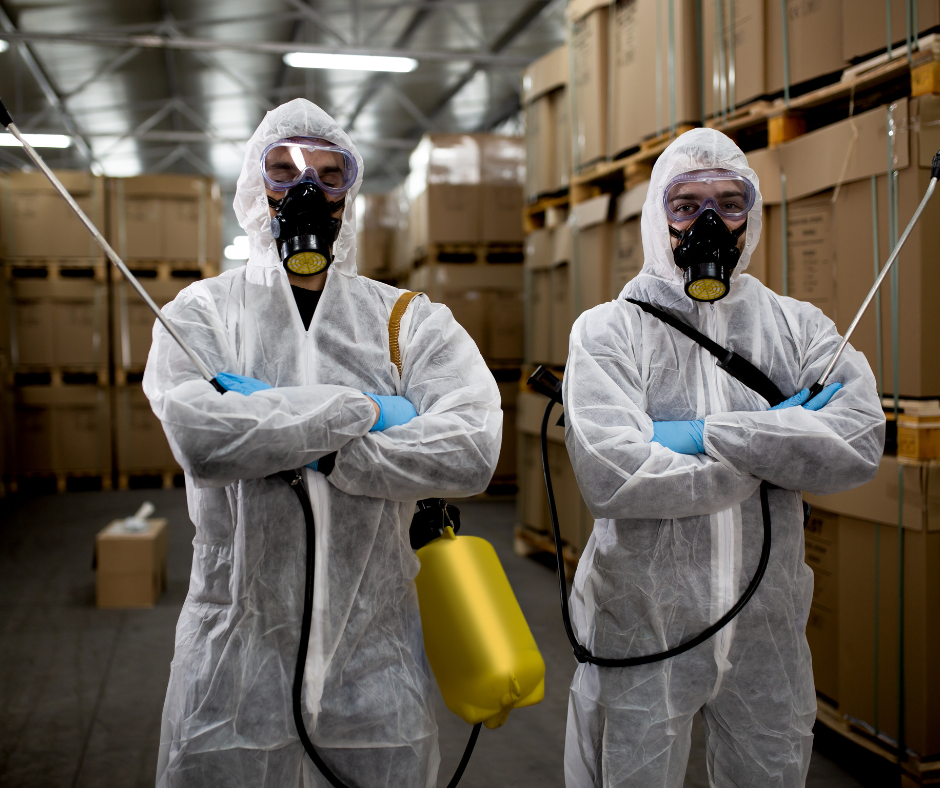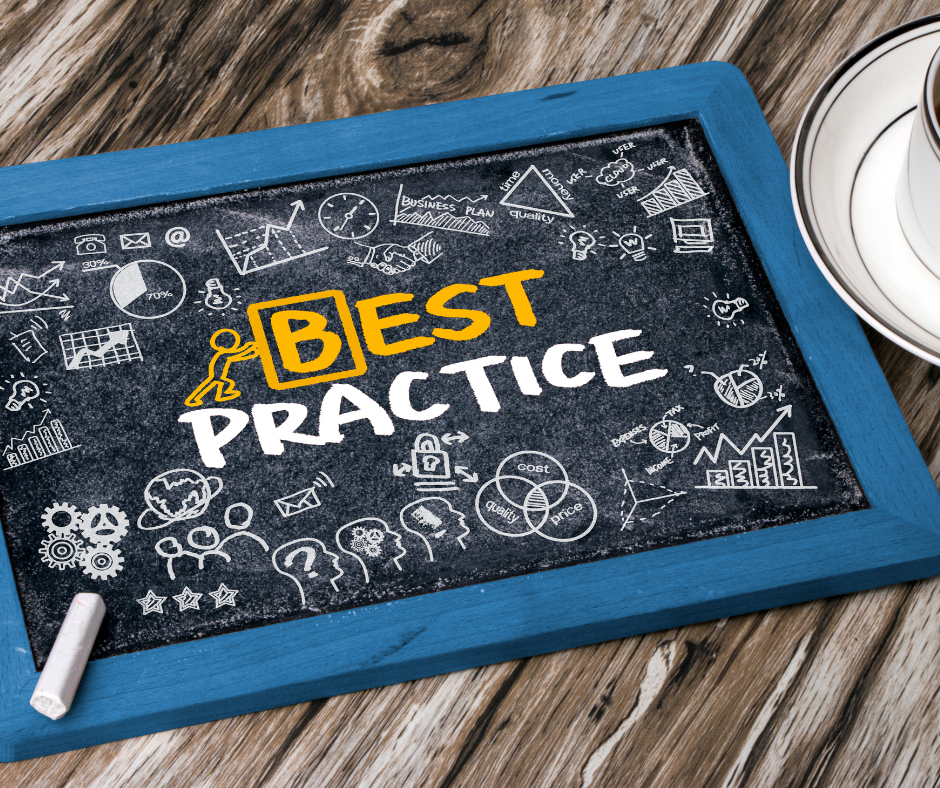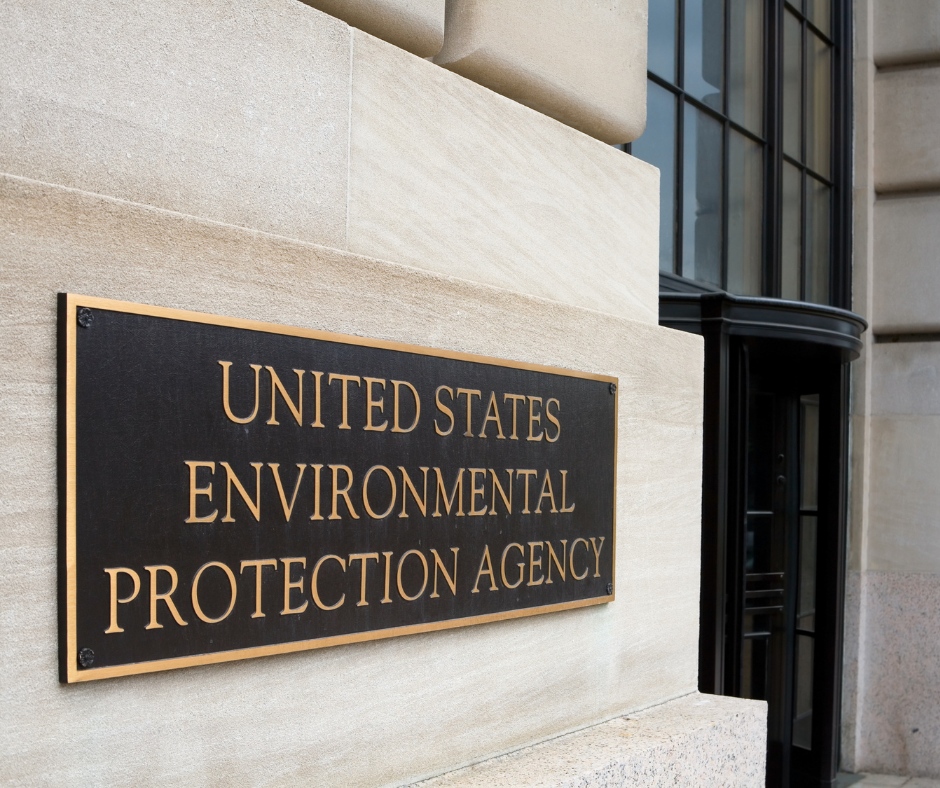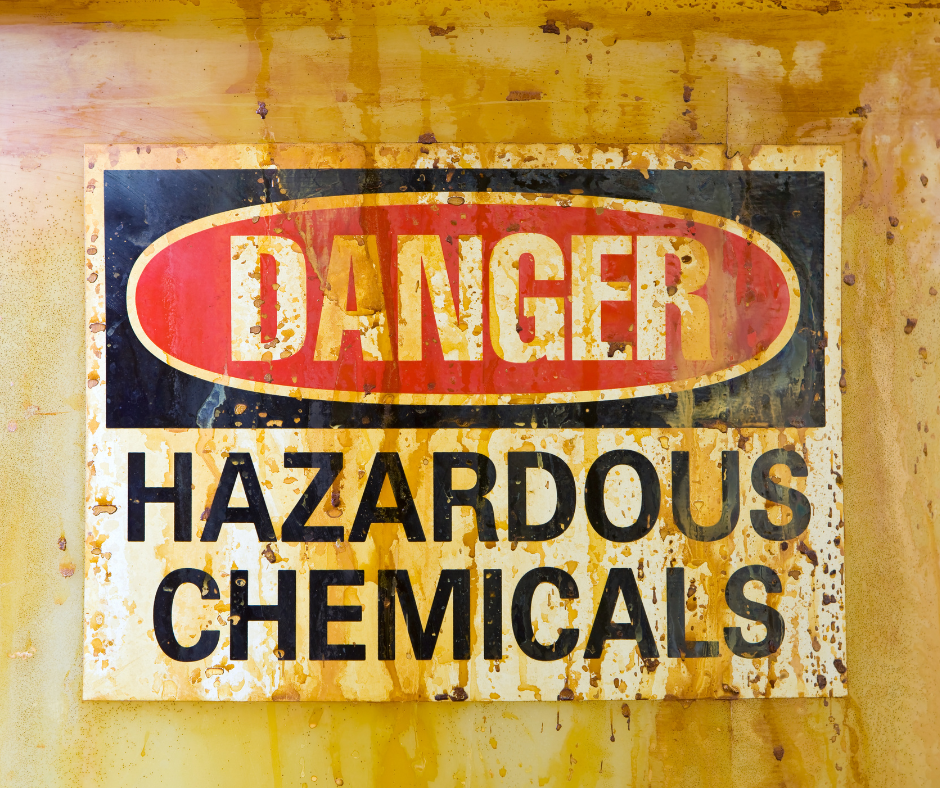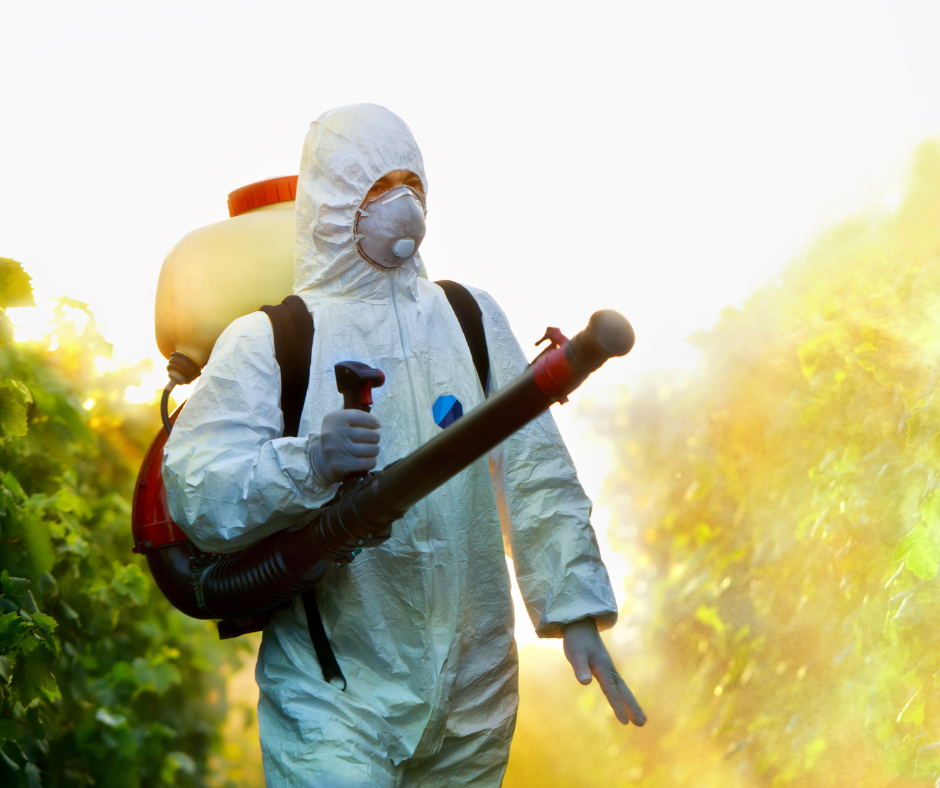The pest control industry has undergone significant changes in recent years, with new trends emerging to address evolving challenges in pest management.
As the importance of environmentally friendly, effective, and safe pest control methods continues to grow, it is crucial for pest control professionals to stay up to date with modern trends in the industry.
In this guide, we will explore some of the most notable modern trends in pest control. We will discuss the benefits of these trends and provide examples of how pest control companies are implementing them to improve their services. By understanding these modern trends, pest control professionals can stay ahead of the curve and provide effective solutions to their clients.
Let's take a look at the table of content before we get started:
Modern Trends in the Pest Control Industry
Following, we’ve discussed modern trends in pest control industry. Let’s discuss:
1. Eco-Friendly Pest Control
Eco-friendly pest control is a modern trend that emphasizes the use of natural and non-toxic methods to control pests. This approach aims to reduce the environmental impact of pest control and avoid potential harm to humans and pets.

Furthermore, eco-friendly pest control methods include the use of essential oils, botanicals, and other natural products to repel pests. It also involves the use of physical barriers such as screens, nets, and sealing of entry points to prevent pest entry into buildings.
One of the biggest advantages of eco-friendly pest control is its low environmental impact. Traditional pest control methods often involve the use of chemical pesticides, which can have a negative impact on the environment, including the contamination of water sources, the loss of beneficial insects, and the development of pesticide-resistant pests. In contrast, eco-friendly pest control methods are non-toxic and safer for the environment.
Eco-friendly pest control also has the advantage of being safe for humans and pets. Chemical pesticides can pose a risk to human health, especially when used improperly. With eco-friendly pest control, homeowners and business owners can have peace of mind knowing that they are using a safe and effective method to control pests.
Finally, eco-friendly pest control can be just as effective as traditional pest control methods. By using a combination of natural products, physical barriers, and other non-toxic methods, pest control professionals can effectively control pests without relying on chemical pesticides.
We can say that the eco-friendly pest control is a modern trend that is gaining popularity as people become more aware of the potential dangers of chemical pesticides. So, with the use of natural and non-toxic methods to control pests, pest control professionals can provide effective solutions that are safe for both humans and the environment.
2. Technology-Enabled Pest Control
Technology-enabled pest control is a modern trend that involves the use of advanced tools and equipment to improve the effectiveness and efficiency of pest control services. This approach utilizes a range of technologies, from sensors and data analysis to drones and remote monitoring, to provide more accurate, targeted, and efficient pest control solutions.
One of the key benefits of technology-enabled pest control is its ability to provide more precise and targeted pest control services. For example, sensors and cameras can be used to detect pest activity and monitor their behavior, allowing pest control professionals to identify the source of the infestation and develop a more effective treatment plan.
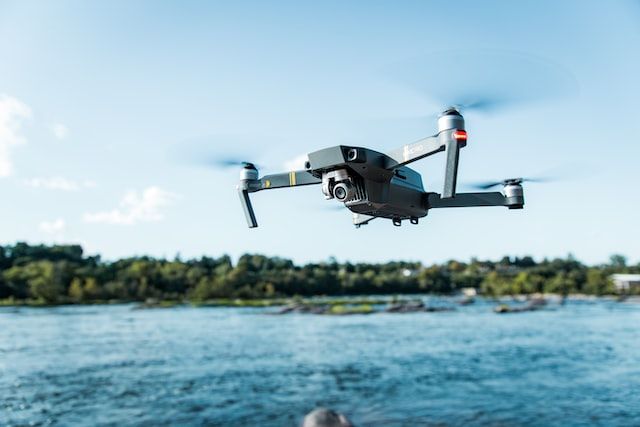
Similarly, drones can be used to survey large areas and identify potential pest hotspots, allowing pest control professionals to take preventive action before an infestation occurs.
Another benefit of technology-enabled pest control is its ability to improve the efficiency of pest control services. For example, data analysis can be used to identify patterns and trends in pest activity, allowing pest control professionals to optimize their treatment plans and minimize the use of pesticides.
Similarly, remote monitoring can be used to track pest activity and adjust treatment plans as needed, reducing the need for frequent site visits and saving time and resources.
In addition to these benefits, technology-enabled pest control can also improve safety and reduce environmental impact. For example, automated pest control systems can be used to apply pesticides more precisely and efficiently, reducing the risk of exposure to humans and non-target species.
Moreover, the use of drones and other remote technologies can reduce the need for vehicles and equipment on-site, reducing carbon emissions and minimizing environmental impact.
All in all, technology-enabled pest control is a modern trend that is transforming the pest control industry. By utilizing advanced technologies to improve the precision, efficiency, and safety of pest control services, pest control professionals can provide more effective solutions that are better for both humans and the environment.
3. Increased Focus on Health & Safety
Health and safety have become increasingly important in the pest control industry in recent years. With the potential risks associated with pesticides, it is crucial for pest control professionals to take steps to protect themselves, their clients, and the environment.
As a result, there has been a growing focus on health and safety in pest control, with companies implementing a range of measures to reduce risks and ensure safe and effective pest control services.
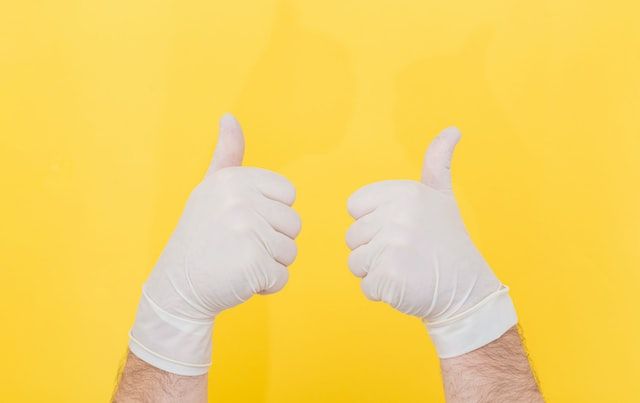
One of the keyways that pest control companies are improving health and safety is by using safer, more targeted pest control methods.
For example, some companies are using baiting and trapping techniques that are less toxic than traditional chemical pesticides, reducing the risk of exposure to humans and non-target species. Others are using integrated pest management (IPM) techniques that focus on prevention and non-chemical solutions, such as physical barriers and habitat modification.
In addition to using safer pest control methods, companies are also taking steps to protect their employees and clients from exposure to pesticides. This may include providing personal protective equipment (PPE) to employees, training employees on safe handling and use of pesticides, and communicating with clients about the potential risks and safety measures involved in pest control services.
Finally, pest control companies are also focusing on the environmental impact of their services. This may include using eco-friendly pest control methods, reducing the use of pesticides and other chemicals, and implementing sustainable practices such as recycling and reducing waste.
Ultimately, the increased focus on health and safety in the pest control industry is a positive trend that is improving the effectiveness and safety of pest control services.
Furthermore, by using safer, more targeted pest control methods, protecting employees and clients from exposure to pesticides, and minimizing environmental impact, pest control professionals can provide effective solutions that are safe for both humans and the environment.
4. Customized Pest Control Solutions
Customized pest control solutions are a modern trend that involves tailoring pest control services to the specific needs and circumstances of each client. This approach recognizes that every pest infestation is unique and requires a personalized approach to achieve effective and long-lasting results.
One of the key benefits of customized pest control solutions is their ability to provide more effective results. By tailoring pest control services to the specific needs of each client, pest control professionals can identify the source of the infestation.
It further also helps to develop a treatment plan that addresses the root cause of the problem. This can include a combination of methods, such as baiting, trapping, physical barriers, and habitat modification, depending on the type of pest, the severity of the infestation, and other factors.
Customized pest control solutions also provide more flexibility for clients. Instead of relying on a one-size-fits-all approach, clients can choose a pest control solution that fits their specific needs and preferences.
For example, some clients may prefer eco-friendly pest control methods, while others may be more concerned about the speed of the treatment. By offering a range of options and tailoring services to each client, pest control professionals can provide solutions that meet the unique needs of each situation.
Another benefit of customized pest control solutions is their ability to provide long-term results. By addressing the root cause of the infestation and tailoring treatment plans to the specific circumstances of each client, pest control professionals can provide solutions that are more effective and long-lasting. This can reduce the need for repeat treatments and save clients time and money in the long run.
Overall, customized pest control solutions are a modern trend that is transforming the pest control industry. By tailoring services to the specific needs and circumstances of each client, pest control professionals can provide more effective, flexible, and long-lasting solutions that meet the unique needs of each situation.
5. Integrated Pest Management (IPM)
Integrated Pest Management (IPM) is a pest control approach that focuses on prevention and uses a combination of techniques to manage pests. It is a sustainable and eco-friendly approach that reduces the reliance on chemical pesticides and promotes the use of non-toxic and low-toxic methods to control pests.
IPM involves four main steps: monitoring and identification, prevention, control, and evaluation. In the monitoring and identification step, pest control professionals survey the area to determine the type of pest and the severity of the infestation. This information is used to develop a pest control plan that includes a combination of prevention and control methods.
Prevention is an essential aspect of IPM and involves removing or reducing the factors that attract pests. This can include removing food and water sources, sealing cracks and gaps, and reducing clutter and debris that can provide shelter for pests.
By reducing the factors that attract pests, pest control professionals can create an environment that is less hospitable to pests and reduce the need for chemical pesticides.
Moreover, control methods used in IPM can include a range of techniques, such as physical barriers, traps, and baits. These methods are targeted and focused on the specific type of pest, minimizing the risk to non-target species and reducing the overall impact on the environment.

Finally, evaluation is an important aspect of IPM and involves monitoring the success of the pest control plan and making adjustments as needed. By evaluating the effectiveness of the plan and making changes as necessary, pest control professionals can ensure that their services are providing the best possible results.
Therefore, IPM is a modern trend in the pest control industry that is promoting sustainable and eco-friendly pest control methods. By focusing on prevention, using a combination of techniques, and evaluating the success of the plan, pest control professionals can provide effective solutions that are safe for both humans and the environment.
Wrapping Up
In conclusion, the pest control industry is undergoing a significant transformation as modern trends emerge that are promoting more sustainable and effective pest control methods.
The increased focus on eco-friendly pest control solutions, technology-enabled pest control, and customized pest control services are revolutionizing the way pest control services are provided.
Furthermore, the industry is putting a greater emphasis on health and safety by minimizing the use of chemical pesticides and adopting safer pest control methods.
Additionally, integrated pest management (IPM) is also becoming increasingly popular, as it promotes a holistic approach to pest control that emphasizes prevention and the use of multiple control methods. These modern trends are helping pest control professionals to provide more effective and sustainable pest control solutions that are safer for both humans and the environment.
How Deskera Can Assist You?
Deskera's integrated financial planning tools allow investors to better plan their investments and track their progress. It can help investors make decisions faster and more accurately.
Deskera Books enables you to manage your accounts and finances more effectively. Maintain sound accounting practices by automating accounting operations such as billing, invoicing, and payment processing.

Deskera CRM is a strong solution that manages your sales and assists you in closing agreements quickly. It not only allows you to do critical duties such as lead generation via email, but it also provides you with a comprehensive view of your sales funnel.
Deskera People is a simple tool for taking control of your human resource management functions. The technology not only speeds up payroll processing but also allows you to manage all other activities such as overtime, benefits, bonuses, training programs, and much more. This is your chance to grow your business, increase earnings, and improve the efficiency of the entire production process.
Final Takeaways
We've arrived at the last section of this guide. Let's have a look at some of the most important points to remember:
- Chemical pesticides can pose a risk to human health, especially when used improperly. With eco-friendly pest control, homeowners and business owners can have peace of mind knowing that they are using a safe and effective method to control pests.
- Eco-friendly pest control is a modern trend that emphasizes the use of natural and non-toxic methods to control pests. This approach aims to reduce the environmental impact of pest control and avoid potential harm to humans and pets.
- Technology-enabled pest control is a modern trend that involves the use of advanced tools and equipment to improve the effectiveness and efficiency of pest control services.
- Health and safety have become increasingly important in the pest control industry in recent years. With the potential risks associated with pesticides, it is crucial for pest control professionals to take steps to protect themselves, their clients, and the environment.
- One of the key benefits of customized pest control solutions is their ability to provide more effective results. By tailoring pest control services to the specific needs of each client, pest control professionals can identify the source of the infestation and develop a treatment plan that addresses the root cause of the problem.
- Prevention is an essential aspect of IPM and involves removing or reducing the factors that attract pests. This can include removing food and water sources, sealing cracks and gaps, and reducing clutter and debris that can provide shelter for pests. By reducing the factors that attract pests, pest control professionals can create an environment that is less hospitable to pests and reduce the need for chemical pesticides.
Related Articles
